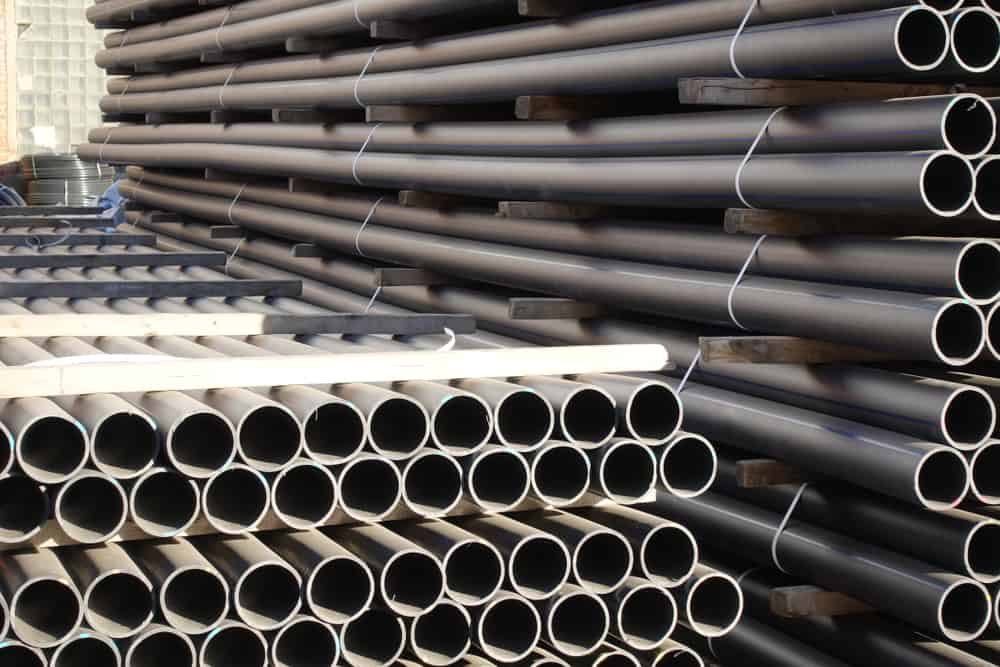Beyond the Bottle: Unveiling the Versatility of Plastic Materials
Plastic materials have become an integral part of our everyday lives, often without us even realizing their vast presence and importance. From the simple containers that hold our food to the complex components in our modern technology, plastics are everywhere. Historically known for their convenience and durability, plastic materials have evolved far beyond their traditional applications, revealing a world of versatility that many are only just beginning to explore.
As we delve deeper into the realm of plastic materials, we uncover innovative uses that extend beyond mere packaging. They play crucial roles in various industries, including healthcare, automotive, and construction, demonstrating their adaptability and functionality. Understanding the multifaceted nature of these materials not only highlights their significance in our current lifestyle but also raises important questions about sustainability and the future of plastic use. This exploration aims to shed light on the surprising possibilities that plastic materials offer and challenge traditional perceptions of their role in our world.
Types of Plastic Materials
Plastic materials are categorized into several types based on their properties and applications. The two main categories are thermoplastics and thermosetting plastics. Thermoplastics are known for their ability to be melted and reshaped multiple times without losing their intrinsic properties. Common examples include polyethylene, polypropylene, and polyvinyl chloride. These materials are widely used in everyday items from packaging to automotive parts due to their versatility and ease of manufacturing.
On the other hand, thermosetting plastics are designed to harden permanently after being molded. Once they set, they cannot be remolded or reheated. Key examples include epoxy resin and phenolic resin. These materials are typically utilized in applications requiring high strength and durability, such as in electrical insulators, adhesives, and composite materials. The unique characteristics of thermosetting plastics make them suitable for heavy-duty applications.
In addition to these primary categories, specialty plastics are also available, which include biodegradable plastics and engineering plastics. Biodegradable plastics are made from renewable resources and are designed to break down more easily in the environment. Engineering plastics, on the other hand, offer enhanced mechanical and thermal properties and are used in applications like aerospace and medical devices. This range of plastic materials reflects their extensive relevance in modern society beyond just their basic containers.
Applications Beyond Packaging
Plastic materials have found their way into numerous applications beyond traditional packaging, showcasing their versatility and adaptability. In the automotive industry, for instance, plastics are increasingly used to manufacture components such as dashboards, bumpers, and interior panels. These materials offer a combination of light weight and durability, contributing to improved fuel efficiency while maintaining safety standards. The flexibility in design also allows for greater innovation in vehicle aesthetics and functionality.

In the medical field, plastics play a crucial role in the development of medical devices and equipment. From syringes and IV bags to surgical instruments and implantable devices, plastics are essential due to their hygienic properties and ease of sterilization. Their ability to be molded into complex shapes makes them ideal for creating devices that enhance patient care and improve outcomes in various medical procedures. Additionally, the lightweight nature of plastics contributes to ease of transport and handling in healthcare settings.
The construction industry is another area where plastic materials excel. They are used in a variety of applications such as piping, insulation, and roofing. Plastics provide benefits like corrosion resistance, thermal insulation, and energy efficiency, which have made them highly sought after in modern building projects. As sustainable building practices gain traction, recycled plastics are increasingly being employed for eco-friendly construction solutions, demonstrating the material's potential in supporting green initiatives.
Sustainability and Recycling Efforts
The growing awareness of environmental issues has prompted significant advancements in the sustainability of plastic materials. Manufacturers are increasingly focused on developing alternatives that minimize environmental impact while maintaining functionality. Innovations such as biodegradable plastics and bio-based materials are gaining traction, providing options that reduce reliance on fossil fuels and lessen waste in landfills. This shift not only addresses ecological concerns but also meets consumer demand for more sustainable products.
Recycling remains a critical aspect of plastic sustainability, as the proper management of plastic waste can greatly reduce its ecological footprint. Many companies are investing in advanced recycling technologies that can process not only traditional recyclable plastics but also hard-to-recycle materials. These technologies aim to create a closed-loop system where plastics are continuously repurposed, thereby conserving resources and minimizing the extraction of new raw materials. plexiglass sur mesure pas cher Efforts to improve public awareness and participation in recycling programs are equally important, ensuring that more plastic waste is collected and reintroduced into the manufacturing cycle.
Collaboration among government agencies, businesses, and consumers is essential to enhance recycling effectiveness and promote sustainable practices. Initiatives such as extended producer responsibility hold manufacturers accountable for their products throughout their lifecycle, encouraging the design of items that are easier to recycle. Moreover, educational campaigns that inform consumers about proper disposal methods can significantly increase recycling rates. Together, these efforts are paving the way for a future where plastic materials can be utilized responsibly, balancing innovation with environmental stewardship.
